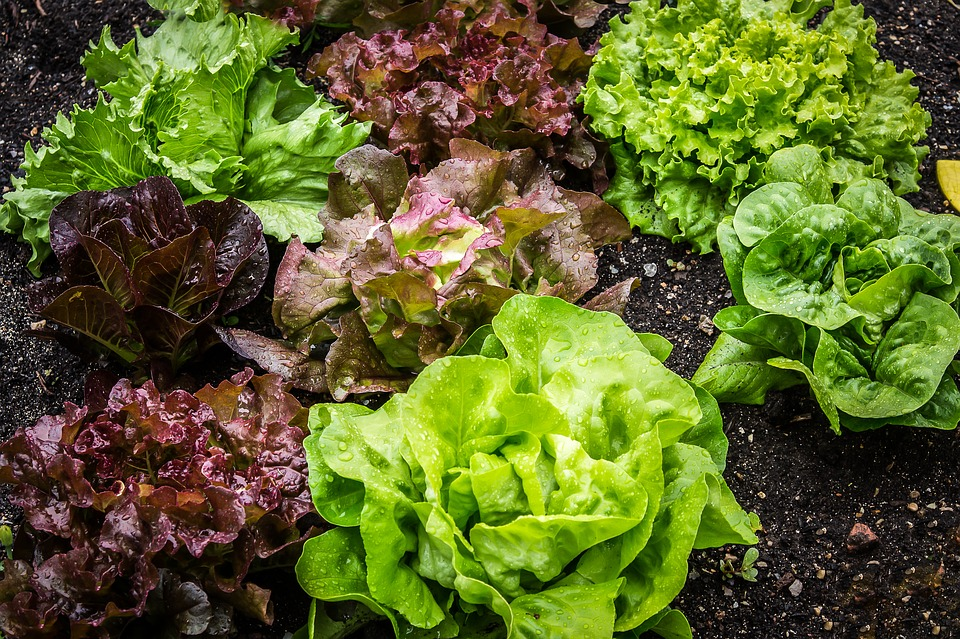Growing lettuce in the garden
General information
Lettuce is a wonderful vegetable for all gardening beginners. It is versatile, as several plant species are referred to as 'lettuce'. With a little planning, you can harvest fresh lettuce all year round. We'll show you how and provide you with all the important information about growing lettuce.
Sowing salads
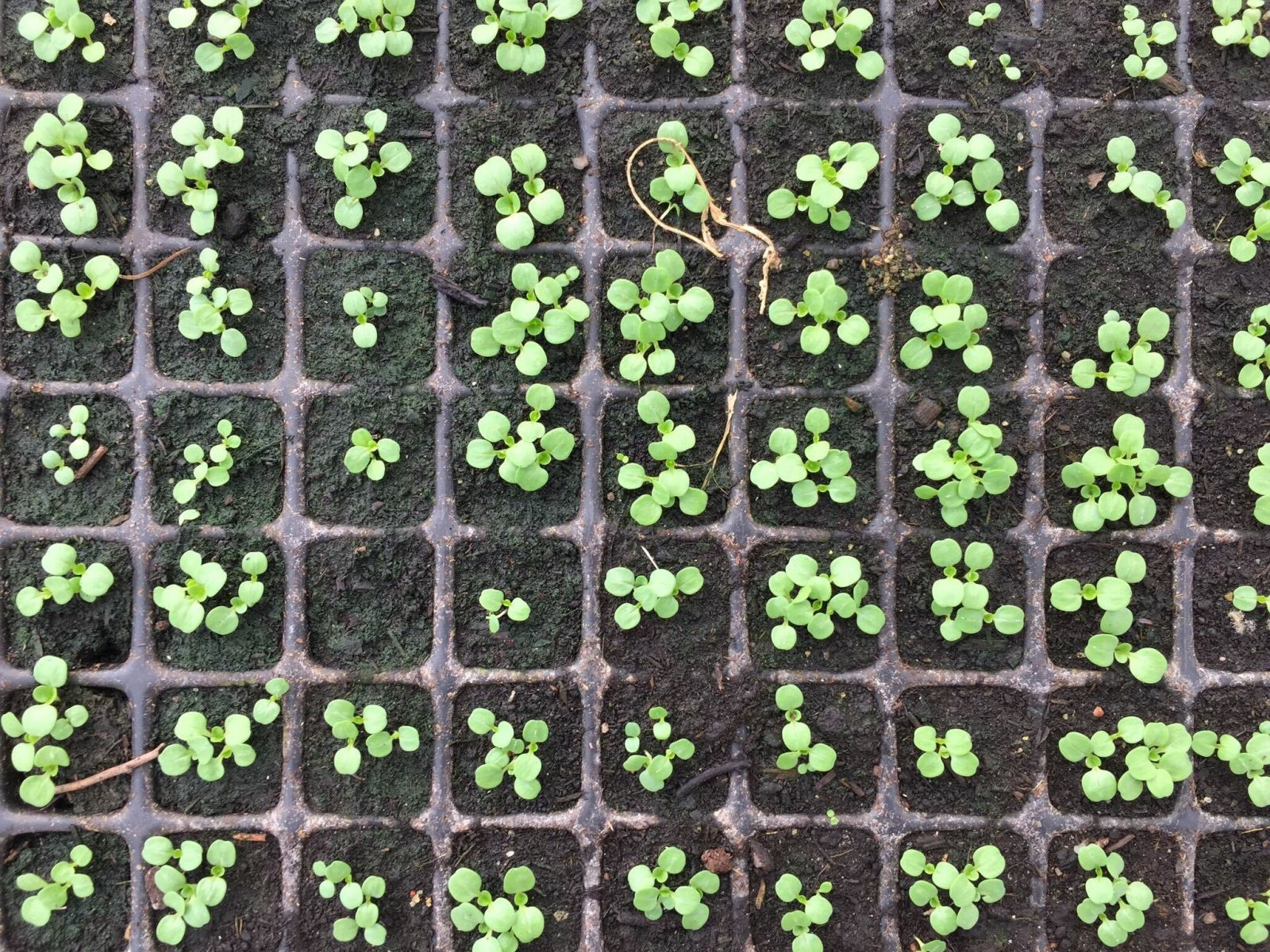
There are different periods for sowing. On the one hand, this depends on the lettuce variety, and on the other, on whether you are sowing directly or preplanting. When pre-cultivating, the room temperature should be between 10 -16 ° C/50 - 60 ° F. In addition, lettuce is a light germinator, which is why the seeds should not be covered with soil more than 1 cm/0.4 in deep. Prepare seed pots with potting compost and place the seeds on the soil. Press them down a little so that they are lightly covered with soil and moisten the pots, preferably with a spray bottle or by pouring water into the saucers. This prevents the seeds from being washed deeper into the soil. The seedlings will emerge after 2 to 3 weeks. When the seedlings are about 3 cm/1.2 in tall, you should prick them out. When direct sowing, the seeds are usually sown in large cubes and transplanted once they have emerged. Here is a list of the most important dates:
Sowing periods
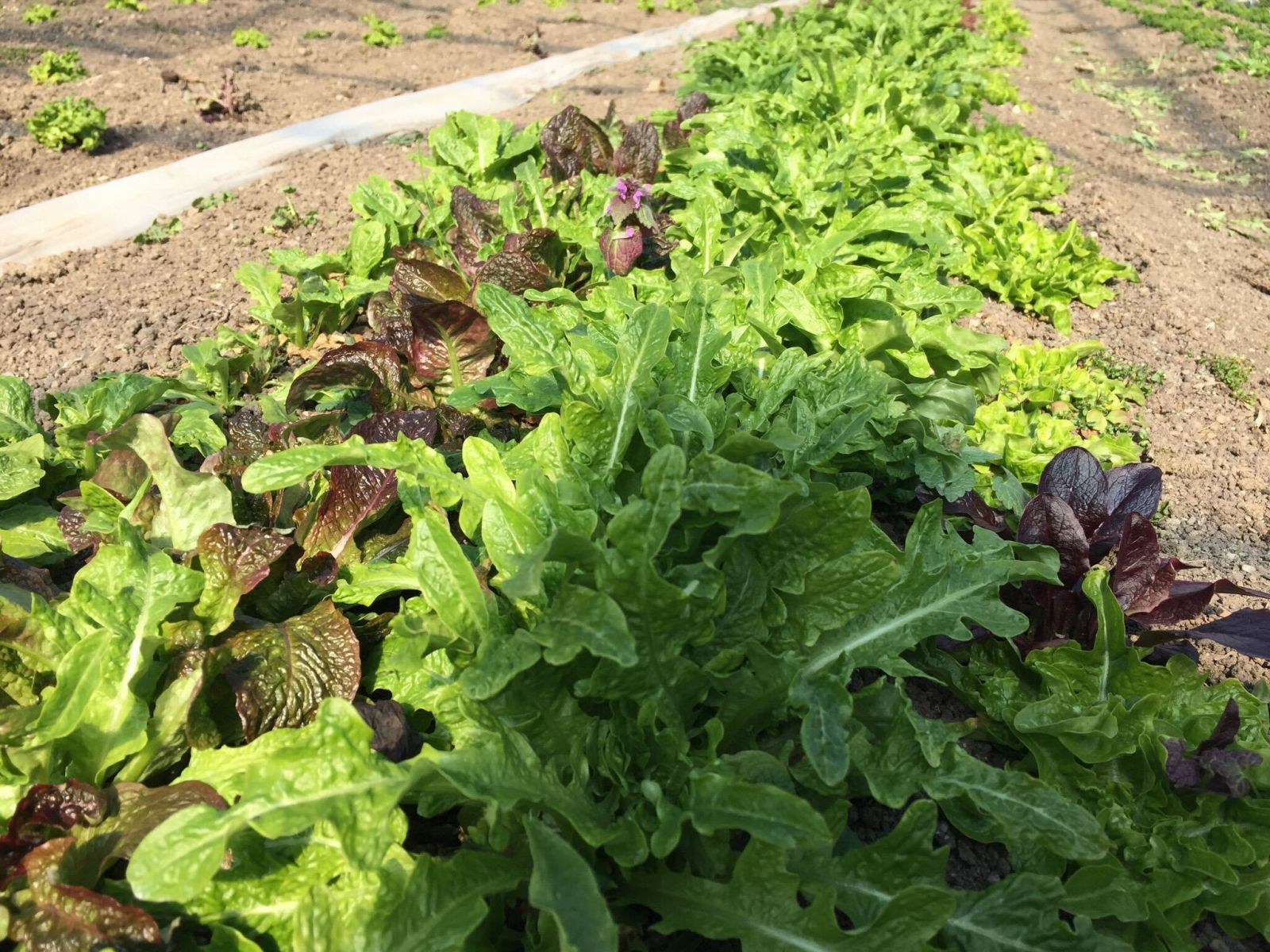
Lettuce:
- Pre-breeding in mid-February, planting out from mid-March
- direct sowing from March to April (later it is too warm and the lettuce starts to shoot, i.e. to grow upwards and flower). The leaves then become hard and inedible)
Batavia lettuce, iceberg lettuce, pickerel lettuce:
- Pre-breeding from mid-April, planting out from mid-May
- direct sowing from May to August
Romaine lettuce:
- Pre-breeding from April, planting out from May
- direct sowing from May to June
Endives:
- No pre-breeding
- direct sowing from June to July
Lamb's lettuce:
- No pre-breeding
- direct sowing from mid-July to October (winter harvest)
- Early March to the end of April (spring harvest)
Crop rotation
As lettuce is a light feeder, crop rotation does not play such a dominant role. So it's not so bad if you grow lettuce in the same place two years in a row. However, you should make sure that no diseases or pests become established in your soil over the years. We therefore recommend that you do not grow any other composite plants in the same place for 3 years. The same applies to "salads" from other plant families. After rocket, for example, you should refrain from growing other cruciferous plants. However, you don't need to worry about postelein and lamb's lettuce, as they are almost the only representatives of their family in our beds.
Planting lettuce in a raised bed
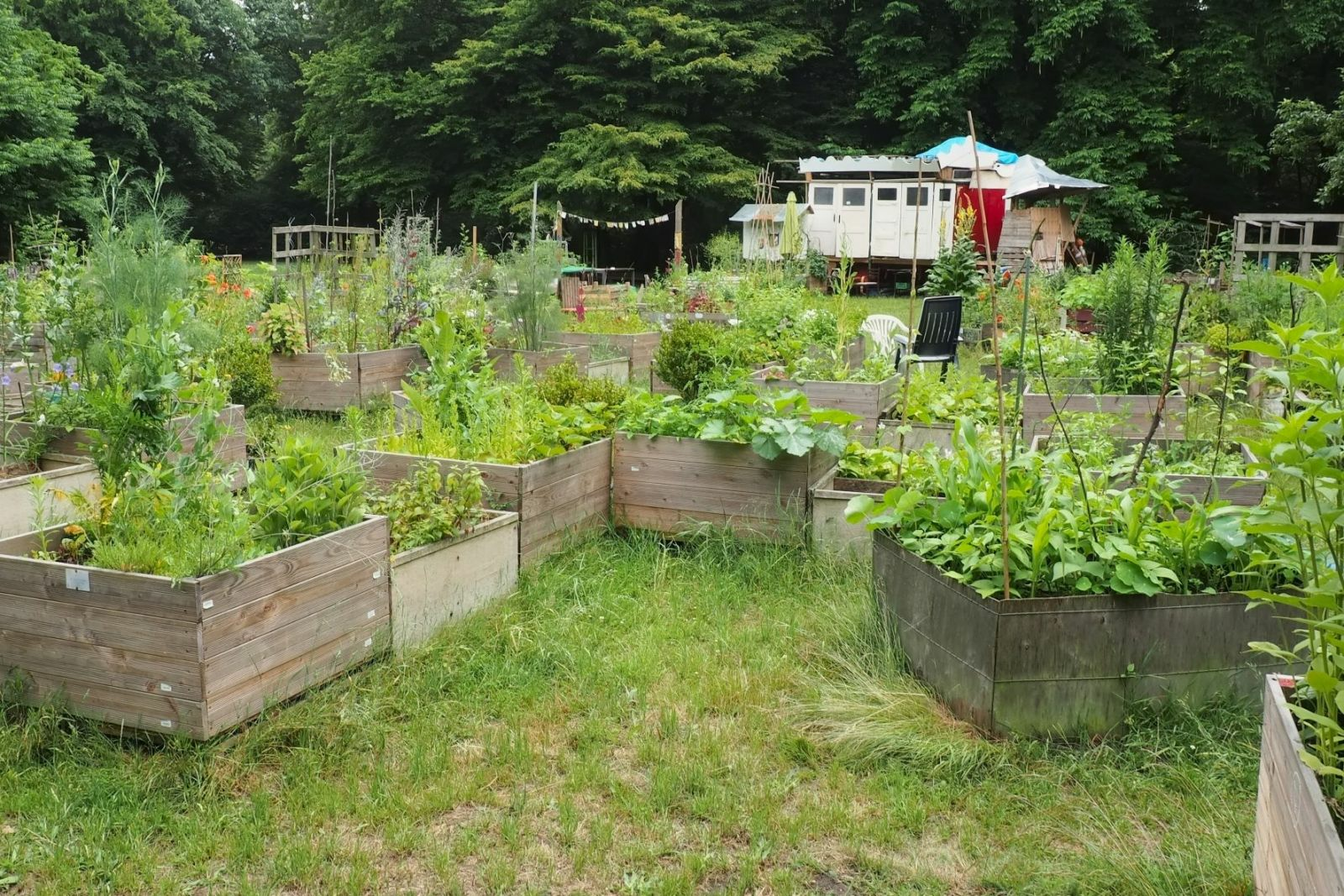
Lettuce can also be grown in raised beds. If you want to start the gardening season particularly early, you can plant pre-grown lettuce seedlings in your raised bed from mid-February with a cold frame. Without an attachment, you can start planting lettuce in mid-March. You can generally use the sowing dates for the open field as a guide. A lot of nitrate is released in the raised bed in the first year, so you should avoid lettuce here as it stores nitrate and collects it in the leaves. Excessive amounts of nitrate can be harmful to us humans. Therefore, you do not normally need to fertilize lettuce that you can plant in raised beds from the second year onwards. As raised beds usually dry out more quickly than normal beds, you should make sure to water the lettuce regularly.
Fertilizing and caring for lettuce
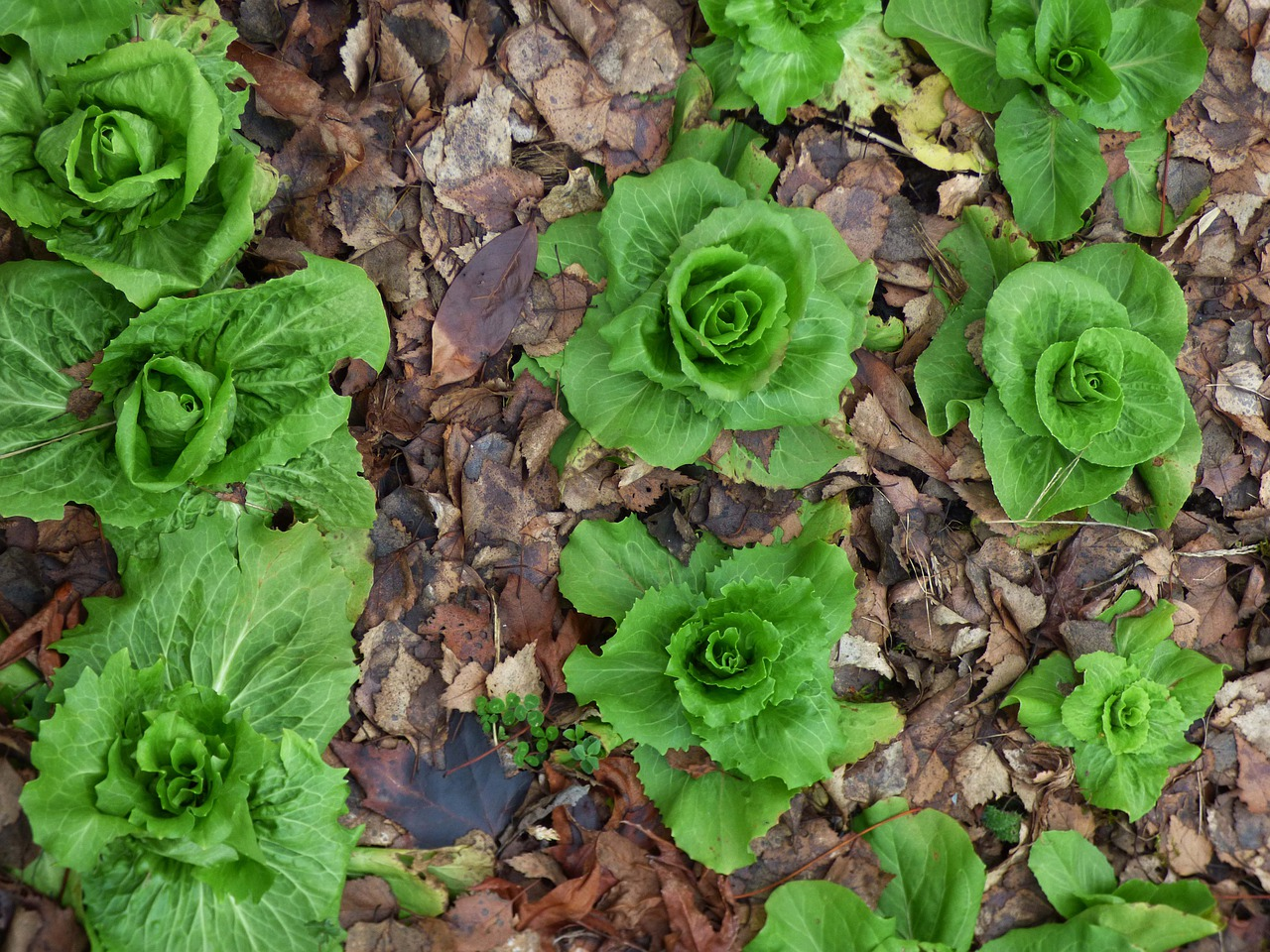
Almost all leafy vegetable salads are weak eaters. Only endive lettuce, as a medium eater, has a slightly higher nutrient requirement. It is therefore perfectly sufficient to add some compost to the planting hole when planting lettuce. If you sow directly, you can work some compost into the soil. Lettuce, like most leafy vegetables, stores nitrate in its leaves. Excessive fertilization can cause your vegetables to exceed the nitrate limit. You should therefore be careful not to over-fertilize your lettuce. For endive, you can use a little more compost and water with a little plant manure if necessary. A layer of mulch can also provide nutrients and at the same time protect against water loss through evaporation. Lettuce in particular needs to be watered regularly. Otherwise the leaves will become tough and the plant will start to shoot, i.e. form seed heads. As a result, the heads stop growing and put the last of their energy into the seeds. Make sure to water around the heads, because if the water is between the leaves, fungal diseases can develop more easily. On hot days, the water droplets can also concentrate the sunlight and burn the leaves.
Overview of different types of lettuce
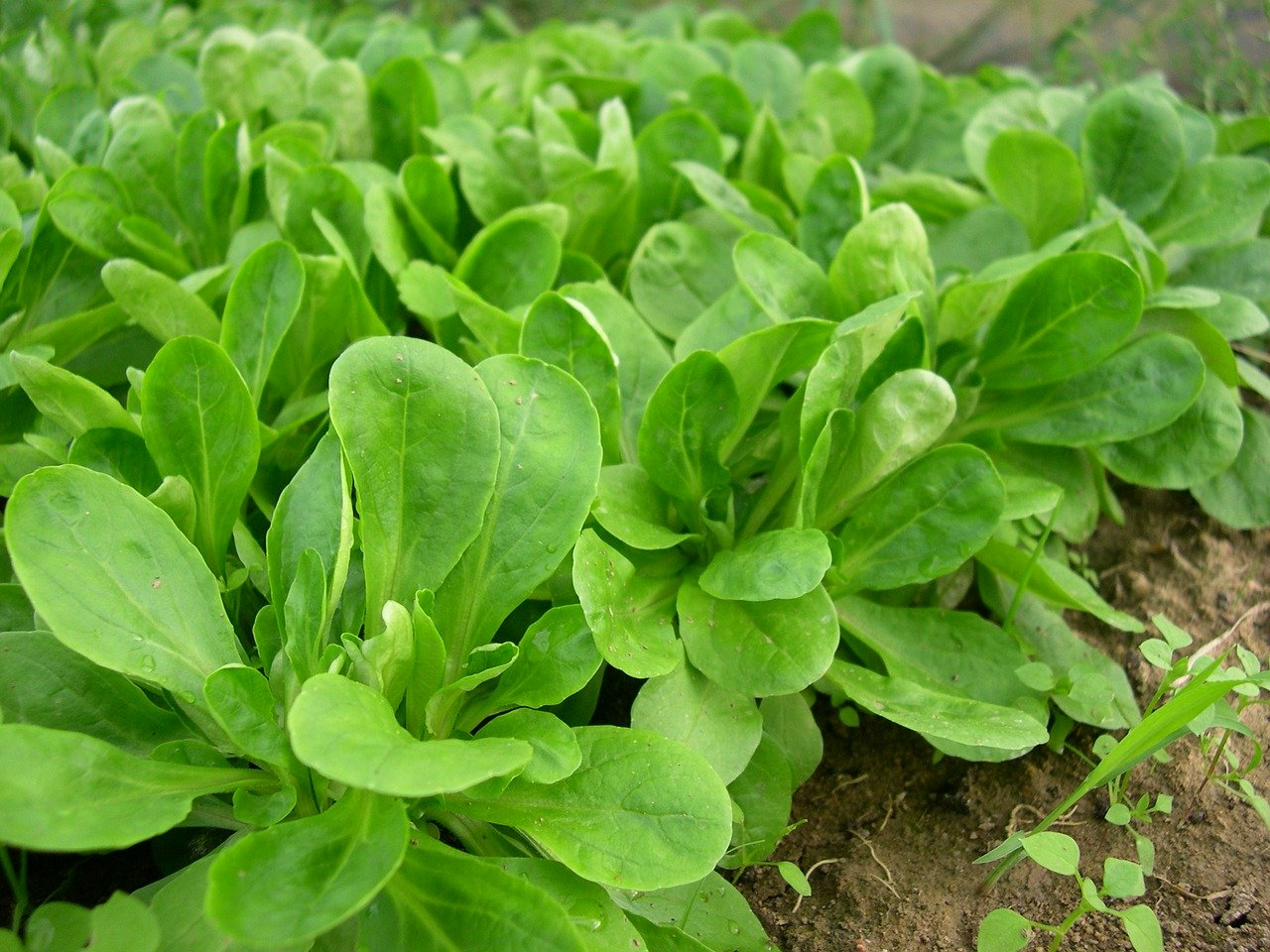
Lettuce comes in an incredible number of forms and variations. One reason for this is that representatives of different genera and plant families are referred to as "lettuce". Here are the most important types of lettuce: Garden lettuce Probably the best known of all lettuces is garden lettuce (Lactuca sativa), which belongs to the Asteraceae family and the Lactuca genus. These include lettuces such as iceberg lettuce or batavia lettuce, but also cut and picked lettuces such as lollo rosso or oak leaf. Endive and chicory There is also endive (Cichorium endivia). Although this also belongs to the composite family, it comes from the chicory genus (Cichorium). This genus also includes chicory (Cichorium intybus var. foliosum), to which the winter lettuces sugar loaf and radicchio belong. Lamb's lettuce Lamb's lettuce (Valerianella), also known as field lettuce or rapunzel, belongs to the subfamily of the valerian family (Valerianoideae). It forms its own genus, which comprises around 80 species. The best-known and most commonly used species is the common lamb's lettuce (Valerianella locusta). Postelein The common lamb's lettuce (Claytonia perfoliata), also known as postelein, winter purslane or Cuban spinach, is often used as a salad in late spring and early spring. Postelein is a neophyte in Europe, as it originally comes from North America. It belongs to the Montiaceae family. Rocket Rocket (Eruca sativa), also known as salad rocket, belongs to the Brassicaceae family and is often prepared as a salad due to its spicy taste.
Harvesting lettuce - when and how?
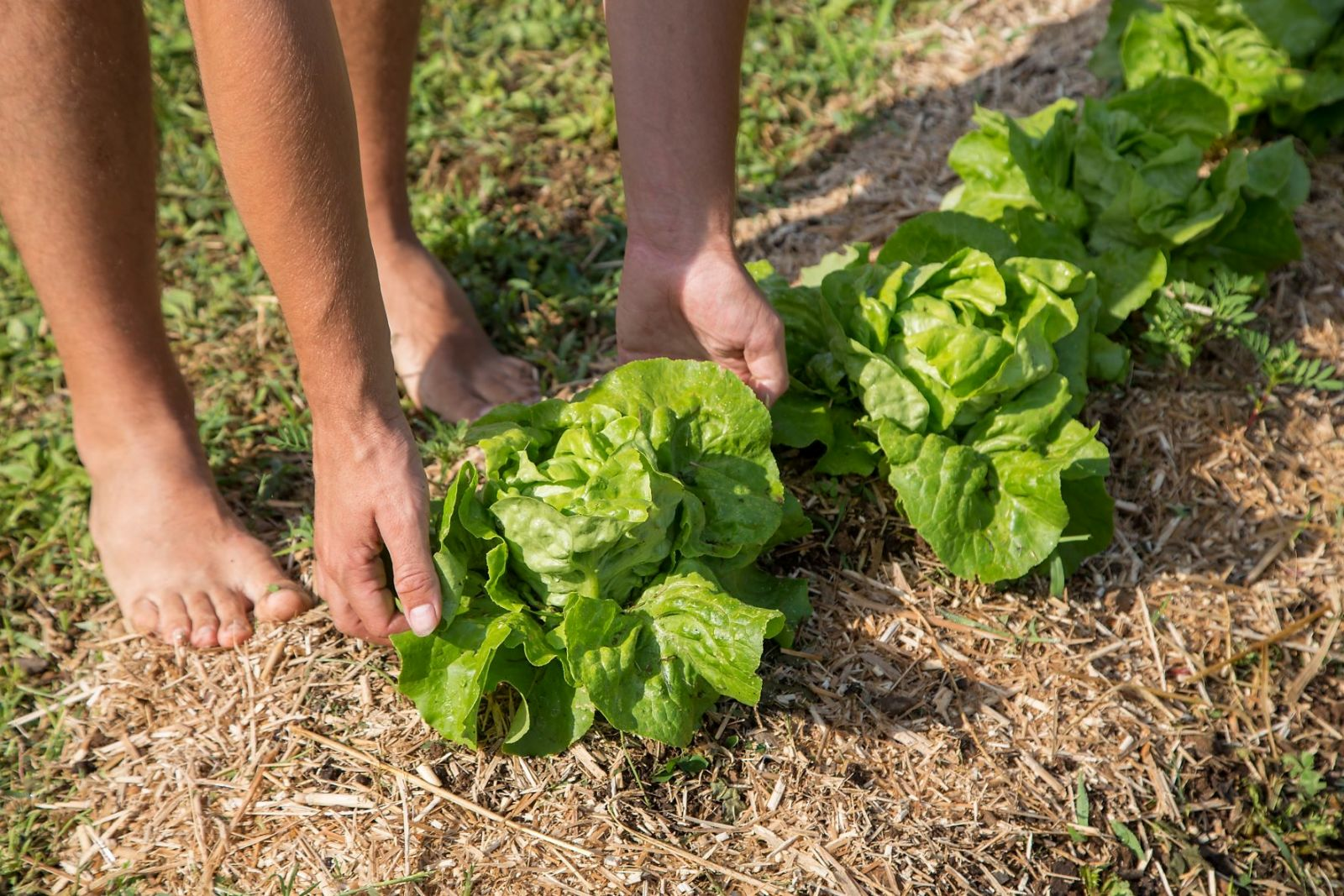
The best time to harvest lettuce is in the afternoon or evening. The nitrate content in the leaves is lower here than in the morning. This basically applies to all the lettuces listed here. Here is an overview of the different harvest times and harvest conditions:
-
Lamb's lettuce can be harvested throughout the winter, i.e. from October to March, if you choose a frost-tolerant variety. You can also sow and harvest lamb's lettuce throughout the rest of the year. It needs about 8 weeks to develop. If you sow between July and August, the lettuce can be harvested from September/October. If you sow at the beginning of September, it can be harvested from November.
-
Picking and cutting lettuce can be harvested from the end of April. For this, the outer leaves are always picked or cut as required so that the lettuce heart is always preserved
-
Lettuce can be harvested from May to October, depending on the variety. Varieties such as 'Maikönig' can be harvested early. Iceberg lettuce, Batavia lettuce and Romaine lettuce are ideal for summer harvesting as they do not bolt so quickly. 'Winterkönig' or 'Wintermarie' can be harvested in the fall
-
Endive can be harvested for the first time from the beginning of August. It tolerates slight sub-zero temperatures well, so you can harvest fresh frisée lettuce until November without any problems.
-
Rocket should be harvested before it flowers, otherwise it can become very sharp and bitter. Rocket can be harvested just 4 to 6 weeks after sowing. The harvest period is from April to October. The leaves can be harvested as soon as they are approx. 10 cm long. The younger the leaves, the more tender they are. If you cut the rocket three centimetres above the ground, it will sprout again and again
-
Postelein can be harvested from November to April. As with picking lettuce, it is important that the heart of the rosettes remains undamaged. Therefore, pick from the outside in. This way you can harvest up to six harvests of winter purslane
-
Chicory produces its first leaves 3 to 4 weeks after sowing. You can harvest these as salad throughout the summer. Of course, you should not remove all the leaves, otherwise the beet will be too weak. They can then be dug up in mid-September to the end of October and used for forcing.
Snails
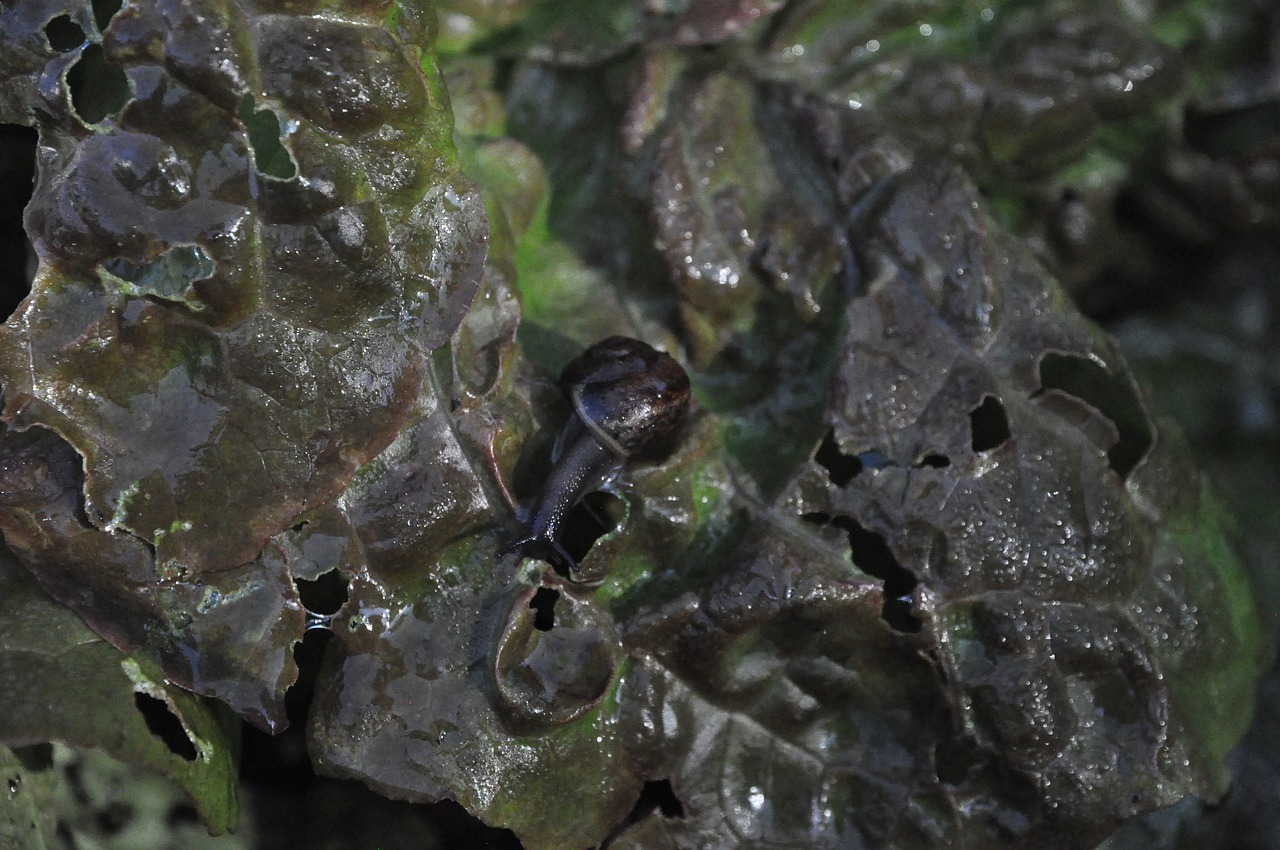
The best way to combat the voracious molluscs is to prevent them from getting to your lettuce in the first place. A slug collar or slug fence can prevent the pests from eating the juicy leaves. If there are not yet too many, you can collect the slugs in the garden.
Propagate lettuce
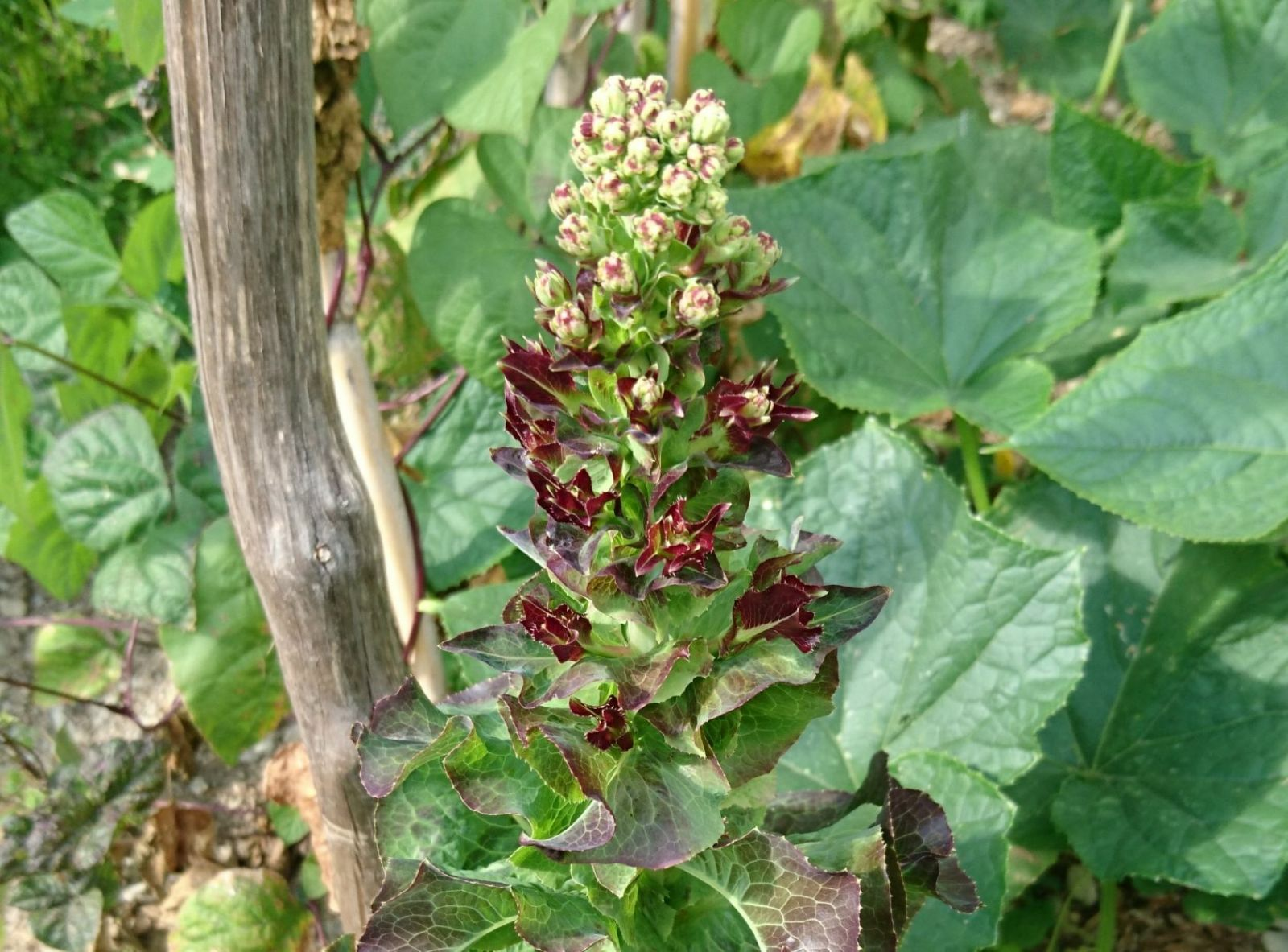
To obtain seeds from the lettuce, you should leave a few heads of lettuce standing. You can also do the same with lettuce that has already sprouted, as it is already in the process of forming inflorescences. These inflorescences will have formed ripe seeds 12 - 24 days after flowering. You can then cut off the dry inflorescences and shake them out over a cloth to collect the seeds. Rocket and postelein usually self-seed unnoticed, as their inflorescences are not as conspicuous as those of lettuce.
maxmann on pixabay.
